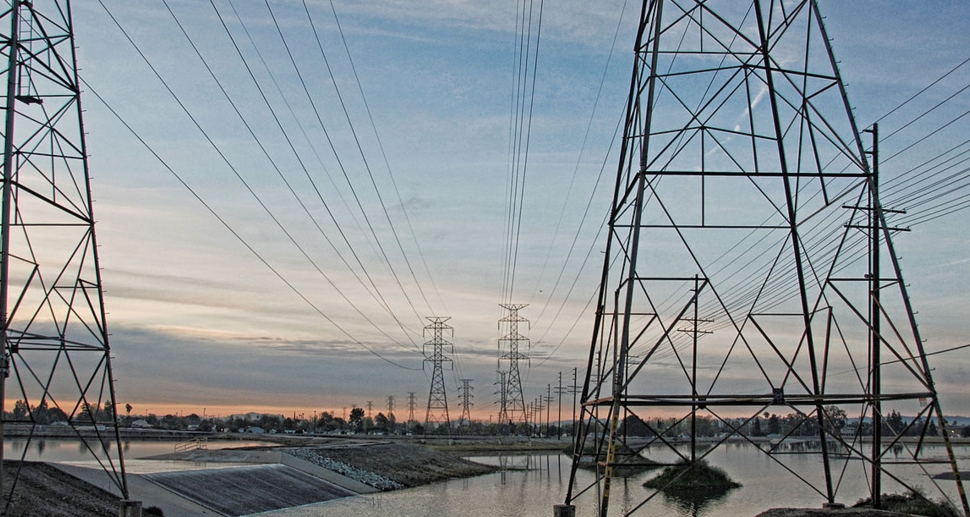The power grid is failing in Central America
07/20/2017 / By Amy Goodrich

Earlier this month a massive power outage hit Central America, leaving millions of people without electricity for hours. The outage was caused by an overload in the Central American Transmission System in Panama.
Though it mostly affected people in Costa Rica and Panama, the outage also partially affected power in Nicaragua, El Salvador, Honduras, Guatemala, and Mexico. These countries all share the same electricity transmission line, which extends approximately 1,130 miles between Panama and Guatemala.
Each country has its own security mechanism that automatically disconnects from the regional system in case of an incident or imbalance. Unfortunately, Costa Rica’s protection system was not able to address the problem, leaving 1.4 million homes and businesses without power for five hours, reported the Costa Rican Electricity Institute (also known as ICE). ICE immediately diagnosed the problem, noting the origin of the blackout was outside of the country.
Chaos reigned as most traffic lights were down and police officers had to step in to direct the traffic in all seven provinces. In San Jose, Costa Rica’s capital, only 159 traffic lights were operating normally because they run on solar energy, noted Public Works and Transport Minister German Valverde.
During the power outage, 71 accidents were reported across the country, with 36 of them occurring in the Greater Metropolitan Area. Many business owners were forced to close early and the Water and Sewers Institute reported water shortages in several communities.
Since the main airport in San Jose was run on backup power, it was the least affected by the outage, The Civil Aviation Administration said in the same news release. Juan Santamaría International Airport, however, had to suspend operations for 30 minutes to run a safety verification protocol of its control tower and communications systems.
It was Coast Rica’s — which is among the most developed countries in Latin America — first major power outage since 2007 when a failure at the Arenal-Cañas transmission line in the province of Guanacaste caused an hour-long power outage across the country.
In Panama, an estimated two million people were left in the dark after the power outage, interrupting a major speech of Panamanian President, Juan Carlos Varela. Furthermore, Nicaragua had to tap power from the grid of its neighboring country, Honduras, to keep the lights on. (Related: Find more news about the electrical grid at Power.news.)
Is Central America’s power grid in need of an upgrade?
During a press conference, President Luis Guillermo Solís and ICE Executive President Carlos Obregón said the power failure in a transmission line in Panama caused a strong imbalance of 500 Megawatts, which caused a failure in Costa Rica’s surge protection system.
As reported by the Tico Times, this was the second time in one week major parts of Central America were left without power for hours. Just days before the latest outage, a series of explosions and a fire at an ICE substation in Desamparados, Costa Rica, south of the capital, left more than 121,000 of its customers without electricity for almost 24 hours.
Since it’s not the first time problems on the Panama line have occurred, questions about the failing power grid are arising. Will power outages become the new issue Central America has to face? In March 2017, a similar power outage occurred, leaving parts of Panama without electricity for as long as 16 hours. As a result, the Panamanian economy saw a loss of revenue of more than $20 million, or $1.3 million per hour. The grid failure also affected other Central American countries, including Nicaragua and Honduras.
Central America is not the only one facing power issues. Recently, President Trump ordered nationwide preparation against power grid collapse initiated by cyber warfare. Read the full story.
Sources include:
Tagged Under: Central America, Costa Rica, electrical grid, electricity, electricity grid, Latin America, Panama, power grid, power outages




















